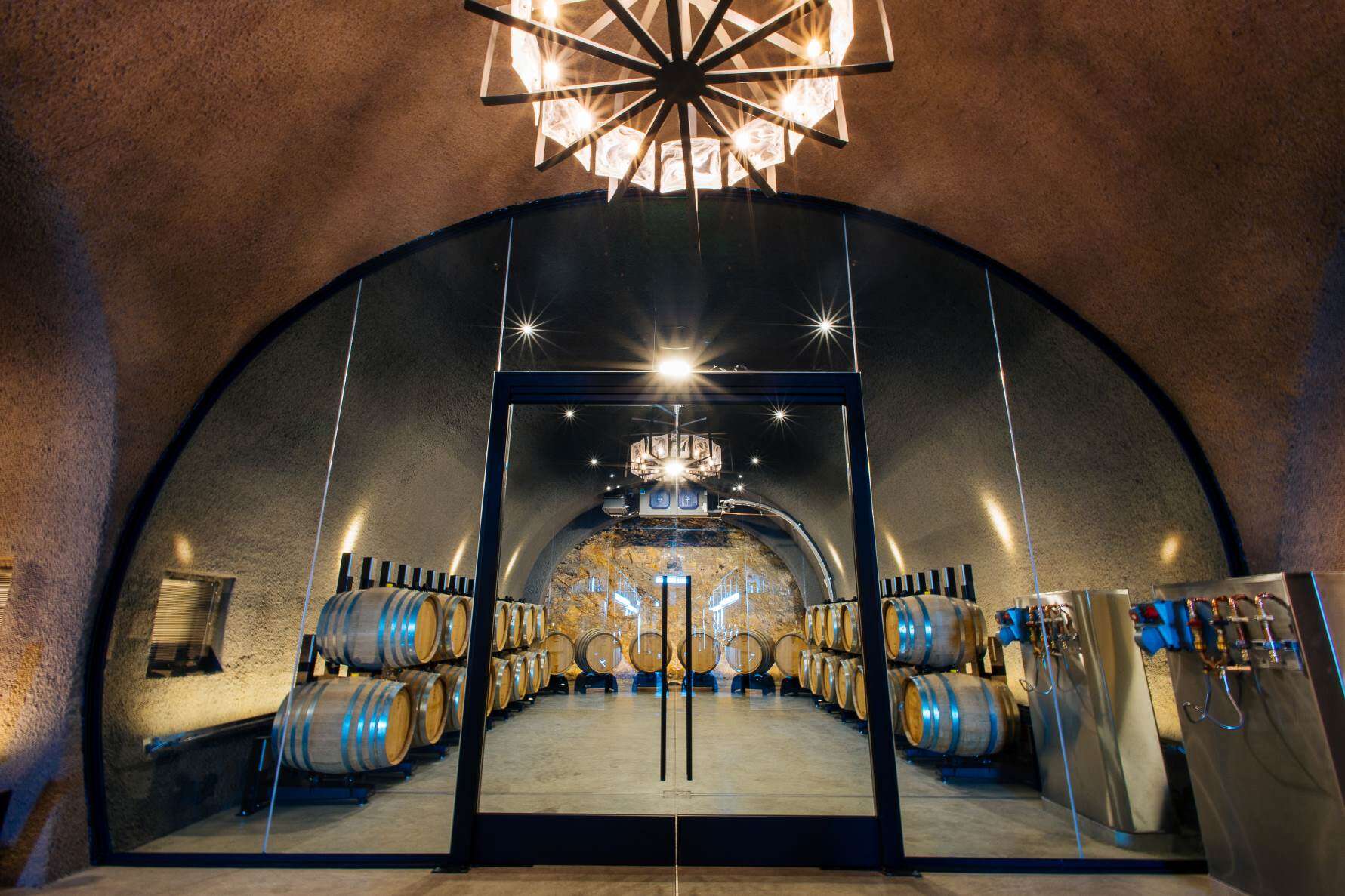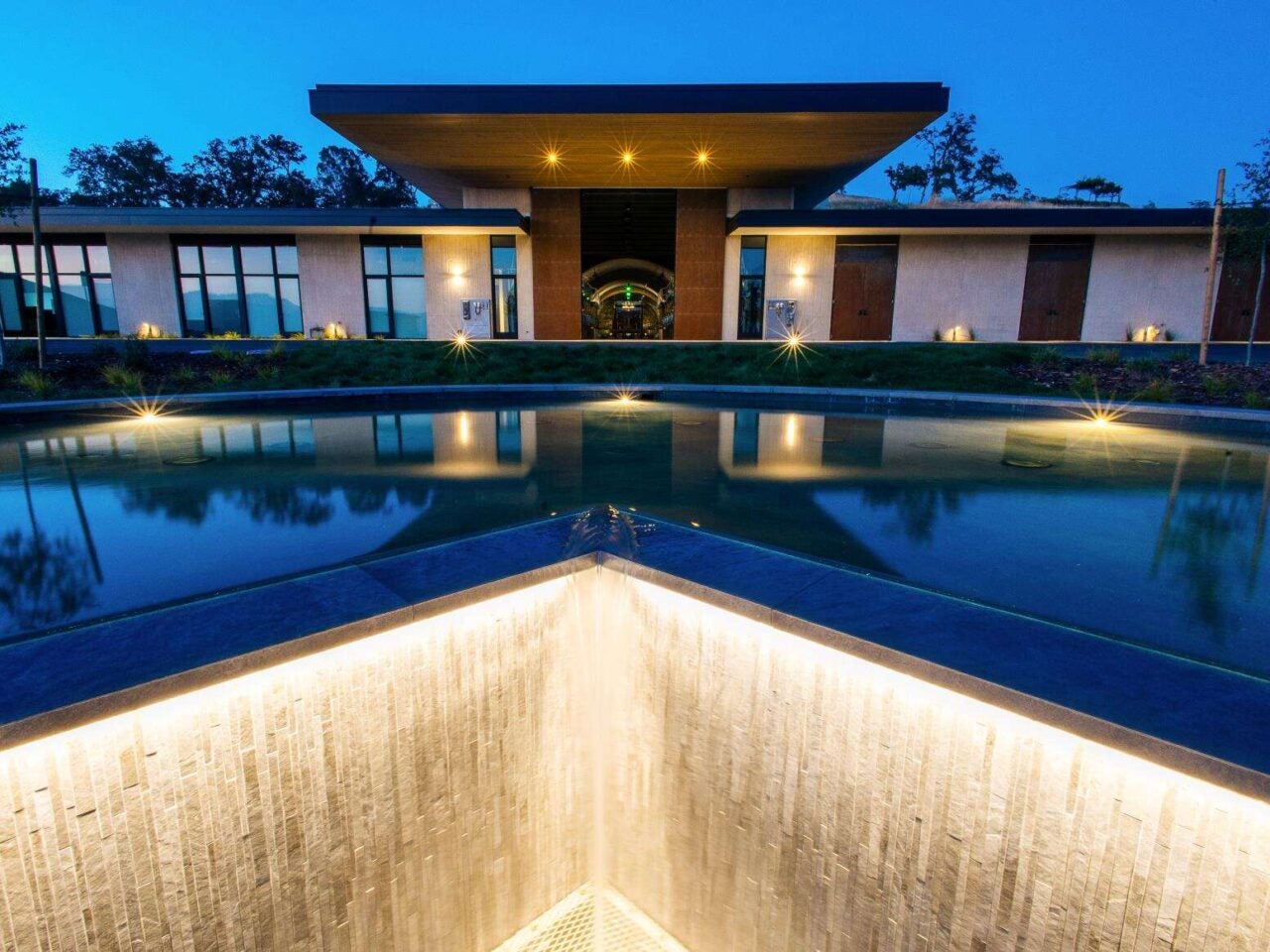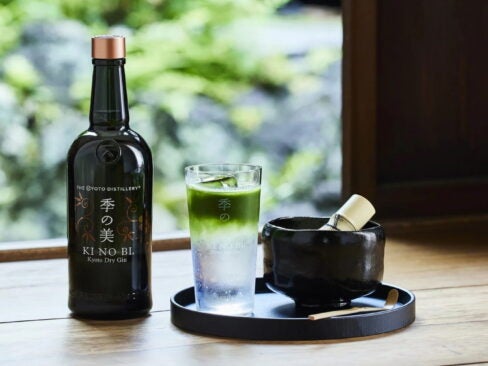Deep under Napa Valley’s sun-drenched hills, barrels of wine are transforming into greatness inside caves. Some look like a set from Game of Thrones; others like the lair of a mysterious villain in a James Bond film.
But these underground wine havens are also a key to sustainability in a region threatened by global warming and wildfires. That’s the story behind the new cave at Signorello Estate winery off the Silverado Trail, which opened to visitors in mid-June.
After the deadly 2017 Atlas wildfire burned the original wood-frame winery and the Signorellos’ home to the ground in 30 minutes, Ray Signorello vowed to rebuild. He wanted a net-zero, fireproof design so he’d never have to experience that devastating scenario again. Six-and-half years later, the result is a winery that morphs into a wine cave.
Wine caves are hardly new — think of the deep chalky cellars in Champagne. In Napa, the first one was dug at Schramsberg by Chinese laborers 150 years ago, and more than 65 wineries in the valley have carved out their own for barrel aging. The next frontier, thanks to cutting-edge technology, is putting the winery in the cave too.
[See also: The Macallan Villa Opens its Doors in LA ]

Two years ago, acclaimed film director Francis Ford Coppola’s historic Inglenook estate unveiled a 22,000-sq-ft, baseball-diamond-shaped cave that houses 120 fermentation tanks. Signorello calls his new estate “the winery model for the future.” The entrance is nonburnable concrete, steel and glass. Walk through, and you’re in the cave.
An excavator bored a tunnel into the hill and a team sprayed the walls with a special concrete. Barrier insulation between the earth and the walls of the 12,000-sq-ft cave waterproofs it. Building into a hill protects from wildfires far better than above-ground constructions. If a fire swoops down from above, it will jump over it, making it unlikely that anything inside will be harmed.
But there’s much more. Caves save energy. The layers of earth above and around the tunnels provide a stable cool temperature of 55° to 60° Fahrenheit without heating or air-conditioning systems. Natural humidity of 70% to 90% slows evaporation from wine barrels and keeps corks in stored bottles from drying out.
Dark and quiet, caves protect wines from light and vibration, which can have a negative impact on the aging process, and they leave a lighter impact on the scenic landscape. Besides their eco-friendly contribution to the wine world, they’re the top spot to stay cool while tasting on a hot day in Napa. On your next visit, succumb to their theatrical allure.










